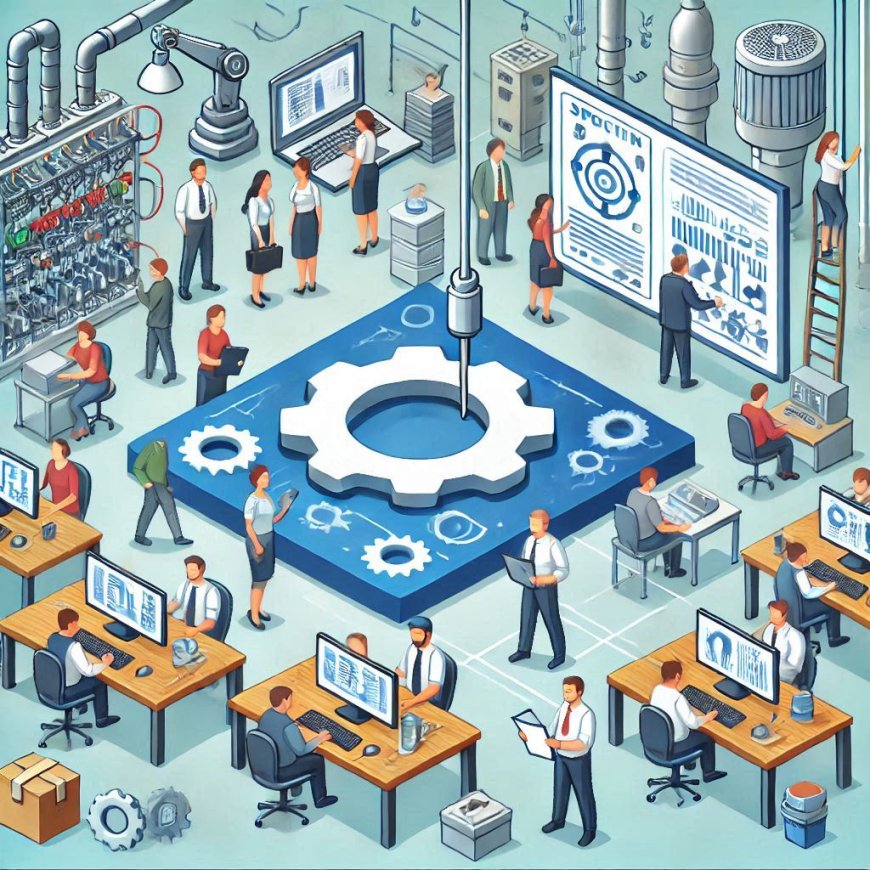Understanding the Ideal Processes for RPA: When Automation Makes Sense
This article discusses and provides examples of processes that are ideal for RPA and processes that should not be considered for process automation and why.

Robotic Process Automation (RPA) has been making waves across industries, promising to streamline workflows, increase efficiency, and reduce costs. But not all processes are created equal when it comes to automation. In this article, we’ll explore some simple examples to understand what makes a process a good candidate for RPA and what doesn't.
Ideal Processes for RPA
-
Data Entry and Transfer
-
Example: An insurance company processes thousands of claims each month. Each claim involves entering data from forms into a system.
-
Why Ideal: This task is repetitive, rule-based, and involves structured data. RPA can handle high volumes of data entry quickly and accurately, reducing errors and freeing up employees for more valuable tasks.
-
-
Invoice Processing
-
Example: A manufacturing company receives hundreds of invoices from suppliers. Each invoice needs to be checked, approved, and entered into the accounting system.
-
Why Ideal: The process follows a clear set of rules and involves structured data. RPA bots can automate the entire workflow, from reading invoices using Optical Character Recognition (OCR) to updating the accounting system.
-
-
Customer Support
-
Example: A telecom company receives common queries like resetting passwords or checking account balances.
-
Why Ideal: These tasks are repetitive and can be handled by RPA bots using pre-defined responses. This allows human agents to focus on more complex customer issues.
-
-
HR Onboarding
-
Example: An HR department needs to onboard new employees, which involves sending welcome emails, setting up accounts, and updating internal systems.
-
Why Ideal: The process is rule-based and involves a series of repetitive tasks that can be automated, ensuring a smooth and consistent onboarding experience.
-
Processes Not Ideal for RPA
-
Complex Decision-Making
-
Example: A financial advisory firm provides personalized investment advice based on a client’s unique financial situation and goals.
-
Why Not Ideal: This process involves complex decision-making and human judgment. RPA lacks the cognitive abilities to make nuanced decisions and provide personalized advice.
-
-
Creative Tasks
-
Example: A marketing team is brainstorming and creating a new advertising campaign.
-
Why Not Ideal: Creative tasks require human intuition, creativity, and emotional intelligence, which are beyond the capabilities of RPA.
-
-
Unstructured Data Processing
-
Example: Analyzing customer feedback from various social media platforms to gain insights into brand sentiment.
-
Why Not Ideal: The data is unstructured and can vary greatly in format and content. RPA performs best with structured data and clear rules, making it unsuitable for tasks that require understanding and analyzing unstructured data.
-
-
Physical Tasks
-
Example: A warehouse requires items to be picked, packed, and shipped.
-
Why Not Ideal: While RPA can automate digital tasks, it cannot perform physical tasks. Robotic solutions like automated guided vehicles (AGVs) or robotic arms are more suitable for physical automation.
-
Conclusion
When considering RPA, it's crucial to identify processes that are repetitive, rule-based, and involve structured data. Automating these tasks can lead to significant efficiency gains and cost savings. On the other hand, tasks that require complex decision-making, creativity, or handling unstructured data are better suited for human intervention.
By being selective and strategic in choosing processes for automation, organizations can maximize the benefits of RPA and ensure that their human talent is utilized where it matters most.
Written/published by Kevin Marshall with the help of AI models (AI Quantum Intelligence).












